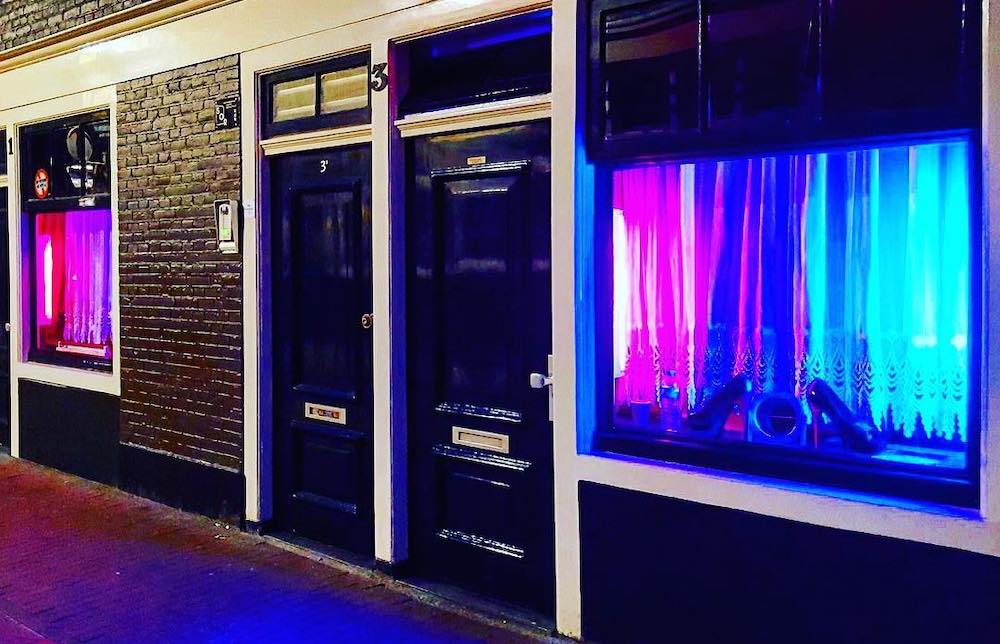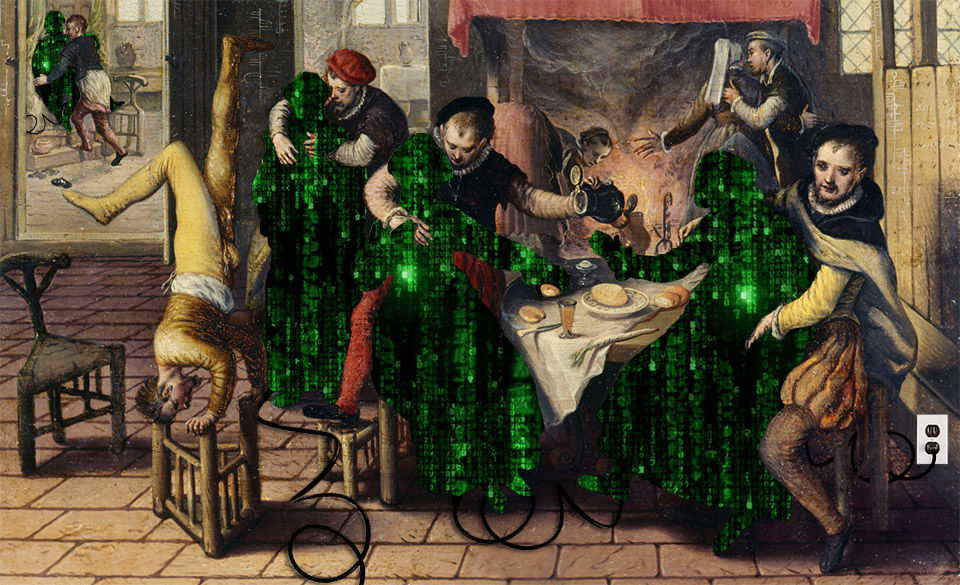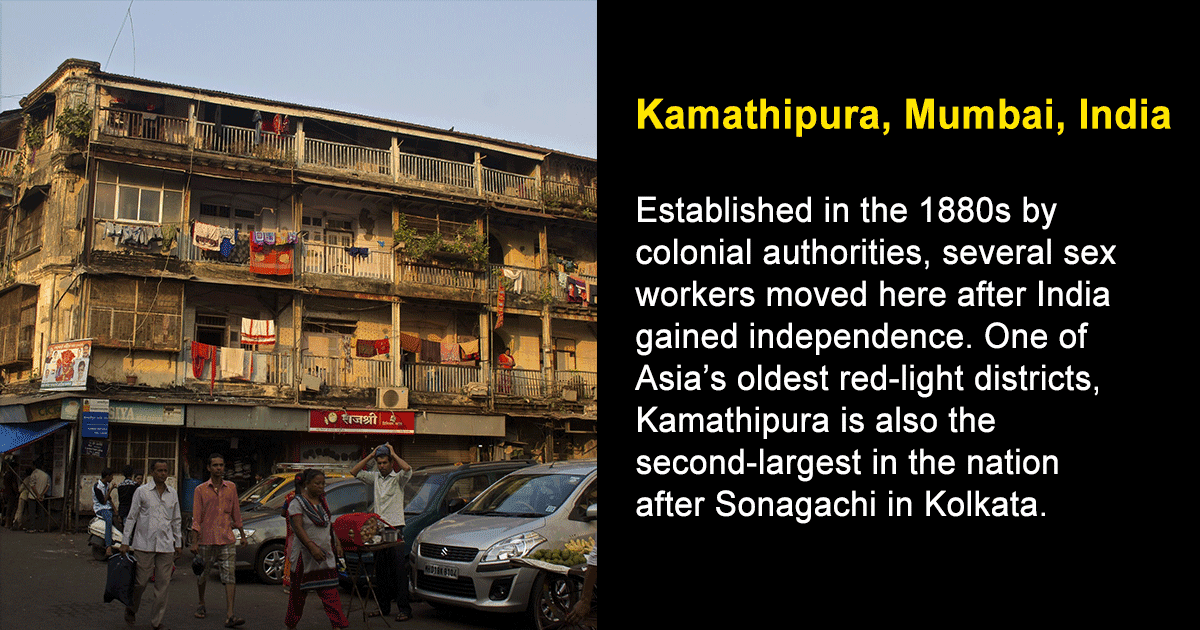So much is said about sex work, that not enough is heard from the people it concerns. It is work, at first. Then there’s the truth: that it exists and has existed over time. The fact that the profession exists, says more about the society than the people associated with it. The discussion is more complex than we think of it. So there’s bound to be history – history that may be empowering, or just plain problematic. What it does come down to, is understanding and knowing things, before we choose to say something about them.
These deeper facts around sex work are a perfect example:
1. The term ‘red-light district’ emerged from the use of red lamps.
The term “red-light district” is said to have originated in the 1890s. This was near train stations. Railroad workers would leave their red lanterns outside these establishments, contributing to the district’s distinctive red glow on busy nights.

2. Red lipstick was associated with sex work.
Apparently, it was assumed that women were only trying to seduce men when they were using red lip colors. So, women in sex work were required by law to wear red lipsticks, to not be confused with ‘upper class’ women. Of course, the law was regressive, and was thankfully scrapped over time.

3. Romans required women in sex work to wear blonde wigs.
This was due to similar reasons, given that society felt the ‘need’ to separate women in sex work, from women who were not involved in it. They were, in-turn asked to wear blonde wigs, because apparently darker hair were associated with not “having fun”.

4. There is also such a thing as a blue light district.
Some districts use blue lights instead of red, which is for workers who identify as transgenders. This area in Amsterdam is referred to as the Blue Light District due to the use of blue lighting in the sex workers’ rooms, contrasting with the traditional red lights.

5. At one time, it was the highest paying job for women.
In the Victorian era, sex work was the sole occupation where women could work shorter hours and earn substantial cash income independently, without relying on a husband for financial support.

6. Themes were also a thing before.
In the past, there existed a variety of sex districts catering to different themes, such as traditional settings, S&M, cross-dressing, and others that aimed at fulfilling diverse fantasies. Spanking emerged as a notably popular theme in pornography, leading to the establishment of entire areas dedicated to it.

7. Women in sex work were more educated.
Women in sex work often possessed literacy skills, which were uncommon among many women of ‘higher’ social strata who were typically expected to prioritize domestic roles over engaging with politics or current affairs. This distinction enabled sex workers to cultivate a broader cultural and worldly awareness compared to their counterparts.

8. Chokers have an entire history, and sex work was part of it.
During the 18th century French Revolution, women critical of the monarchy’s use of the guillotine wore red ribbons symbolizing severed necks. In the 19th century, sex workers wore black ribbon chokers as identifiers. In the 1990s, teenagers expressed rebellion with black ribbons or tattooed chokers.

In the end, it boils down to respecting people for their choices, and respecting people’s work for what it is – just another choice.














